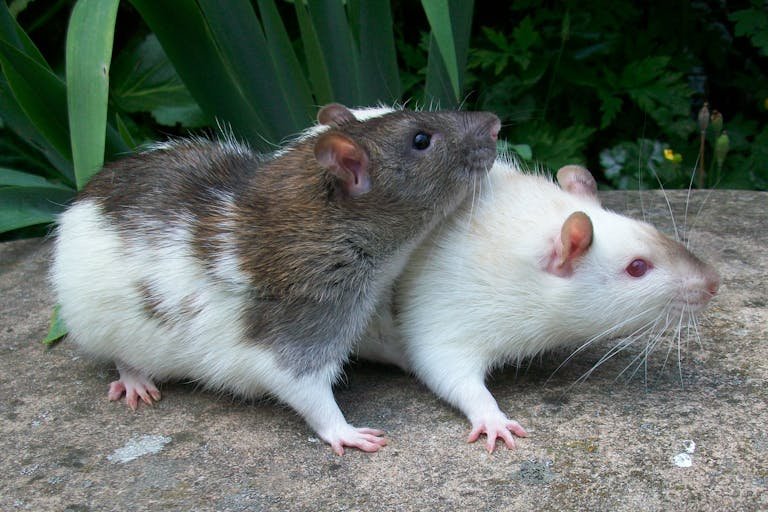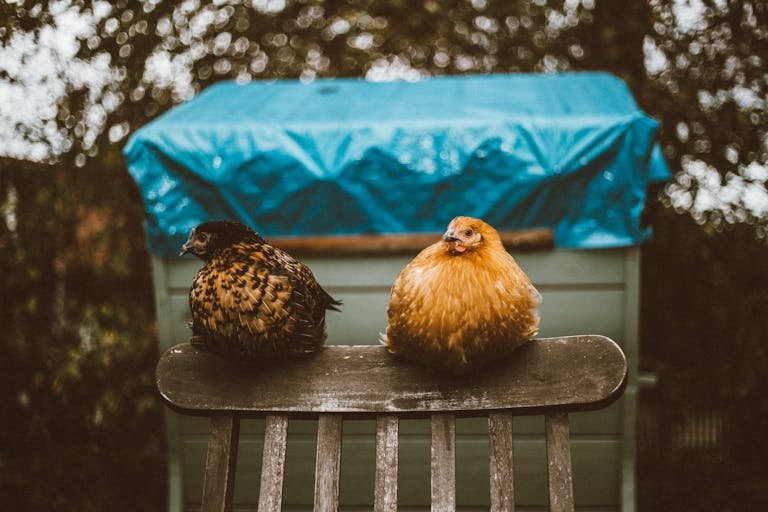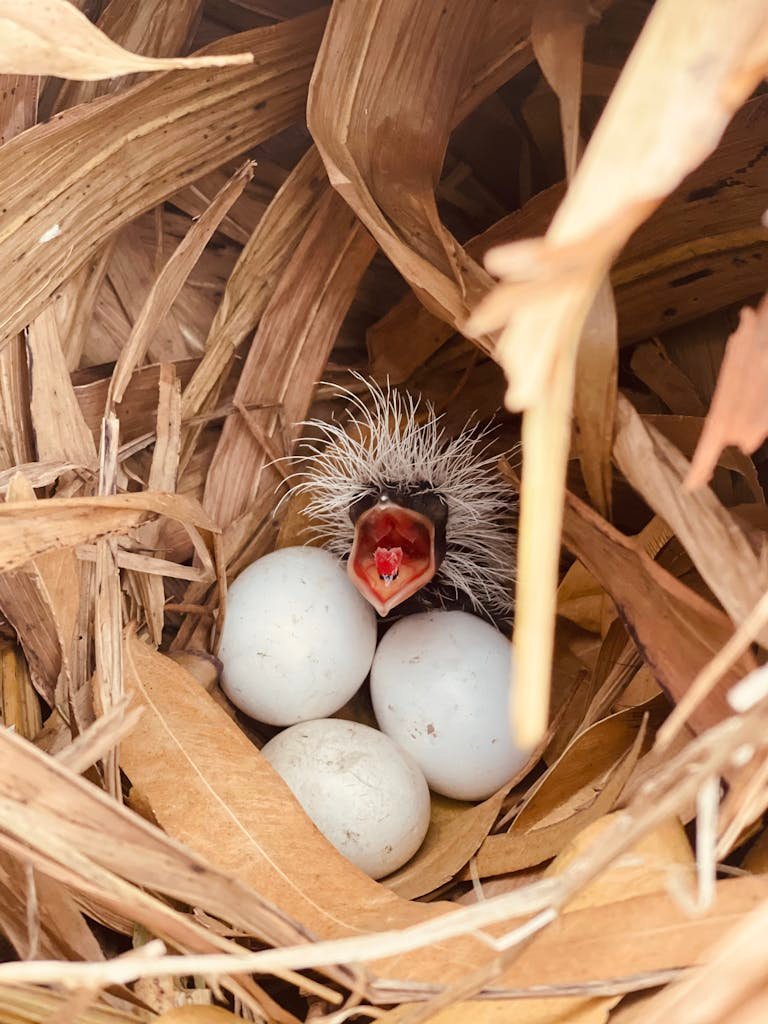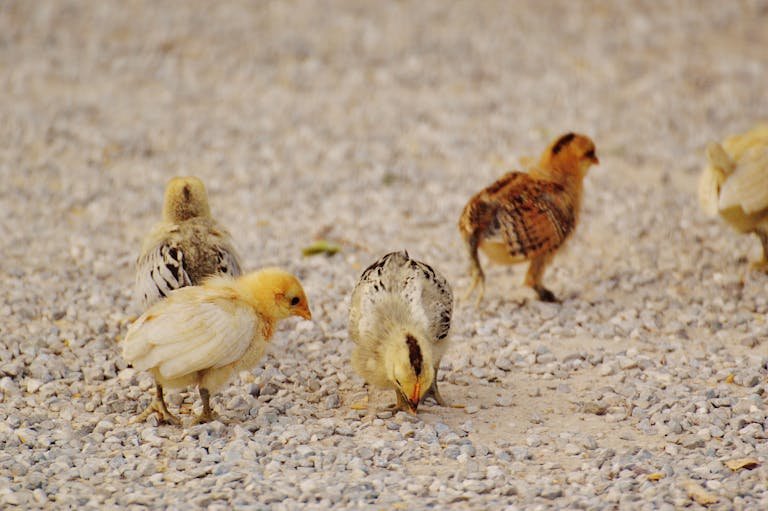Chicken: Vertebrate or Not? Uncover the Truth
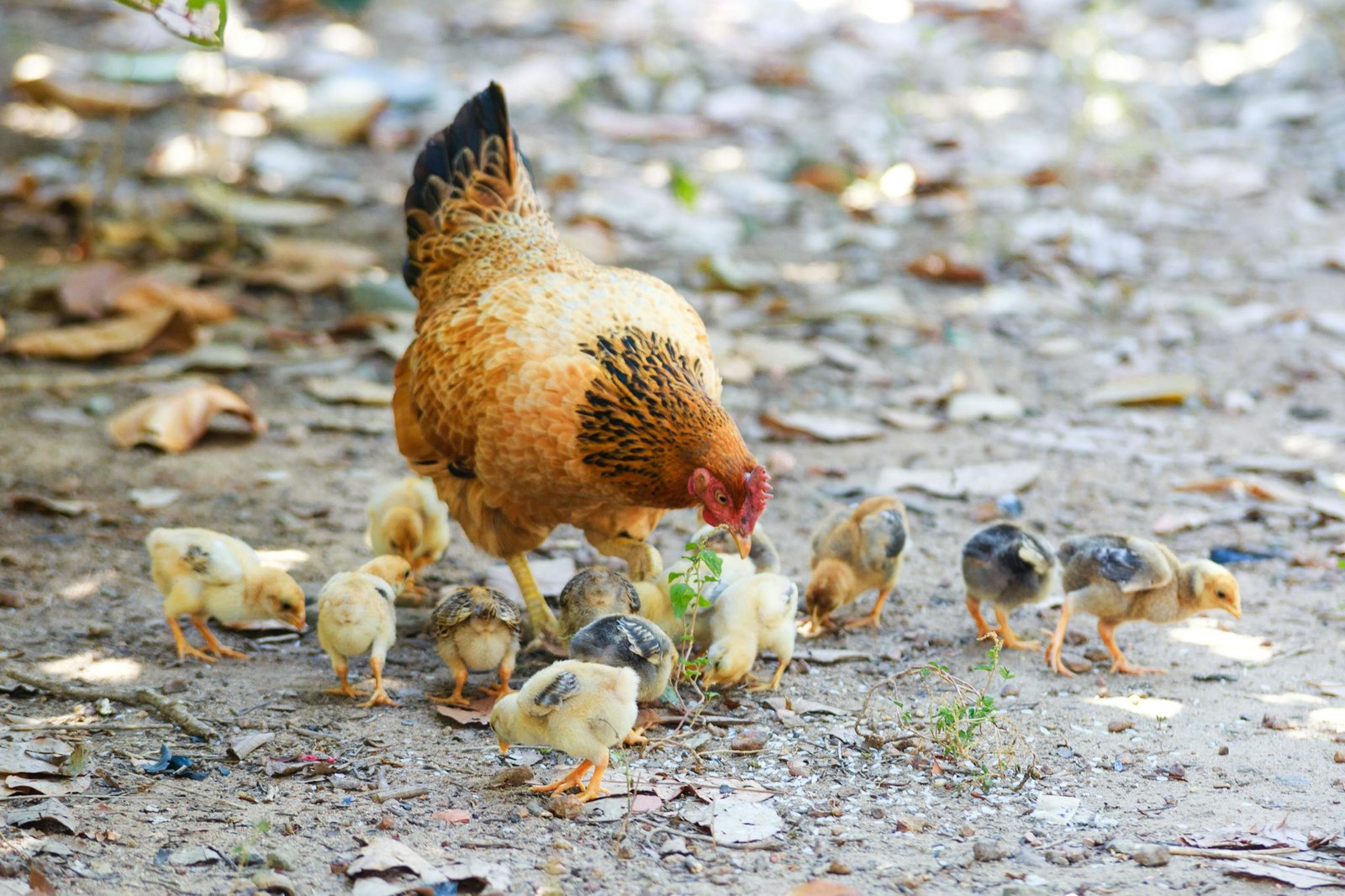
Yes, chickens are vertebrates. This classification is based on their possession of a backbone or spinal column, placing them under the subphylum Vertebrata in the phylum Chordata. While this simple answer addresses the query, exploring the anatomy and physiology of chickens reveals fascinating details about their classification and the characteristics they share with other vertebrates. Let’s delve into the question, Are chickens vertebrates? and understand why they belong to this category.
What Defines a Vertebrate?
Vertebrates are animals distinguished by specific anatomical and physiological traits. Here’s a detailed look at the characteristics that define vertebrates:
Key Characteristics
| Feature | Description |
|---|
| Backbone or Spine | Vertebrates possess a vertebral column comprising interconnected bones (vertebrae). |
| Endoskeleton | An internal skeleton made of bone or cartilage provides structural support. |
| Complex Nervous System | Includes a brain protected by a skull and a spinal cord encased in the vertebral column. |
| Closed Circulatory System | A heart pumps blood through a closed network of vessels, ensuring efficient circulation. |
| Bilateral Symmetry | The body can be divided into two mirror-image halves along a central plane. |
| Specialized Respiratory System | Organs like lungs or gills facilitate gas exchange. |
Classification of Vertebrates
Vertebrates are categorized into five major groups based on shared traits:
- Fish: Aquatic animals with fins and gills.
- Amphibians: Transition between aquatic and terrestrial life, with gill-breathing larvae and lung-breathing adults.
- Reptiles: Cold-blooded vertebrates with scales and eggs laid on land.
- Birds: Warm-blooded vertebrates with feathers, wings, and beaks; many are capable of flight.
- Mammals: Warm-blooded vertebrates with hair or fur, and females that produce milk for their offspring.
Chickens as Vertebrates
Chickens, like all birds, are vertebrates. Their anatomy and physiology align with the defining traits of vertebrates, making them a textbook example of this classification.
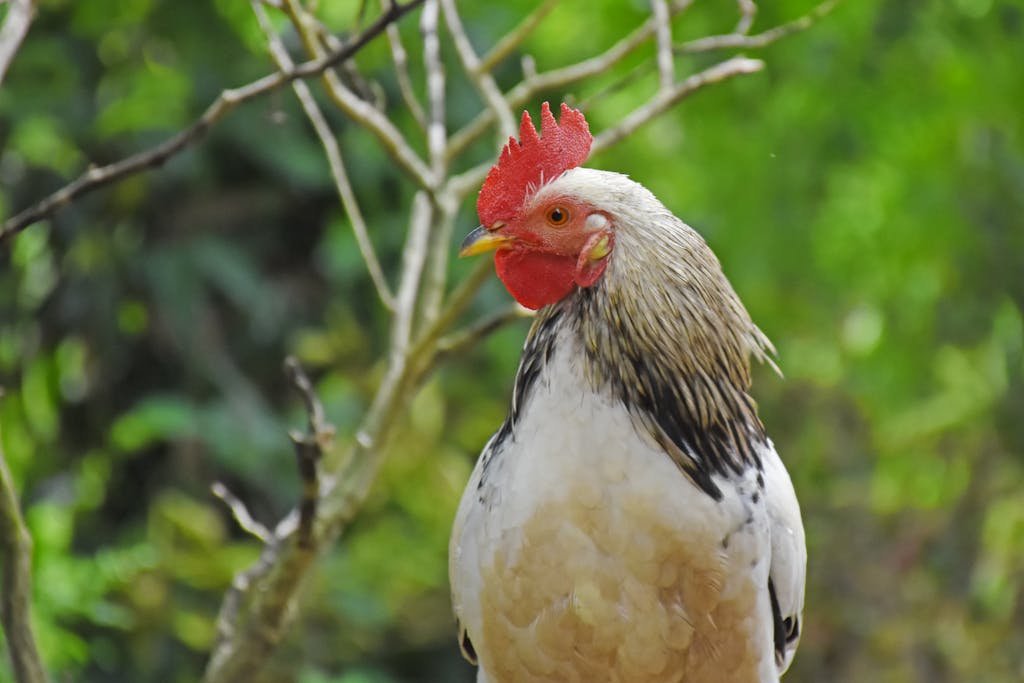
Skeletal System
Chickens have a lightweight yet robust skeleton that supports their movement and protects vital organs. Key components include:
- Skull: Protects the brain and houses sensory organs like eyes and ears.
- Vertebral Column: Comprises cervical (neck), thoracic (chest), lumbar (lower back), sacral (pelvic), and caudal (tail) vertebrae.
- Ribs and Sternum: Guard internal organs and aid in respiration. The sternum, or keel, supports flight muscles.
- Wings and Legs: Modified forelimbs (wings) for occasional flight and hindlimbs (legs) for walking and perching.
Muscular System
Chickens have specialized muscles for various activities:
- Walking and Perching Muscles: Facilitate terrestrial mobility and roosting.
- Flight Muscles: Though limited in domesticated chickens, these are adapted for short bursts of flight.
Nervous System
The nervous system in chickens is well-developed, comprising:
- Spinal Cord: Coordinates reflexes and transmits signals between the brain and body.
- Brain: Controls sensory input, motor functions, and survival instincts.
Recommended: Avian Brain & Senses
Circulatory System
A unique respiratory system with:
- Air Sacs: Maintain unidirectional airflow, ensuring oxygen supply during both inhalation and exhalation.
- Lungs: For gas exchange.
Respiratory System
- Males (Roosters): Have testes for sperm production.
- Females (Hens): Possess an ovary and oviduct, producing fertilized or unfertilized eggs.
- Egg-Laying: The egg develops as the ovum passes through the oviduct, gaining layers like albumen and a calcified shell.
How Chickens Fit into Vertebrate Classification
Chickens share key vertebrate traits while exhibiting unique adaptations as birds. They are part of the Aves class, characterized by:
- Feathers for insulation and flight.
- Beaks adapted for feeding.
- Hollow bones that reduce weight.
Recommended: Birds and the Evolution of Flight
The Reproductive System of Chickens
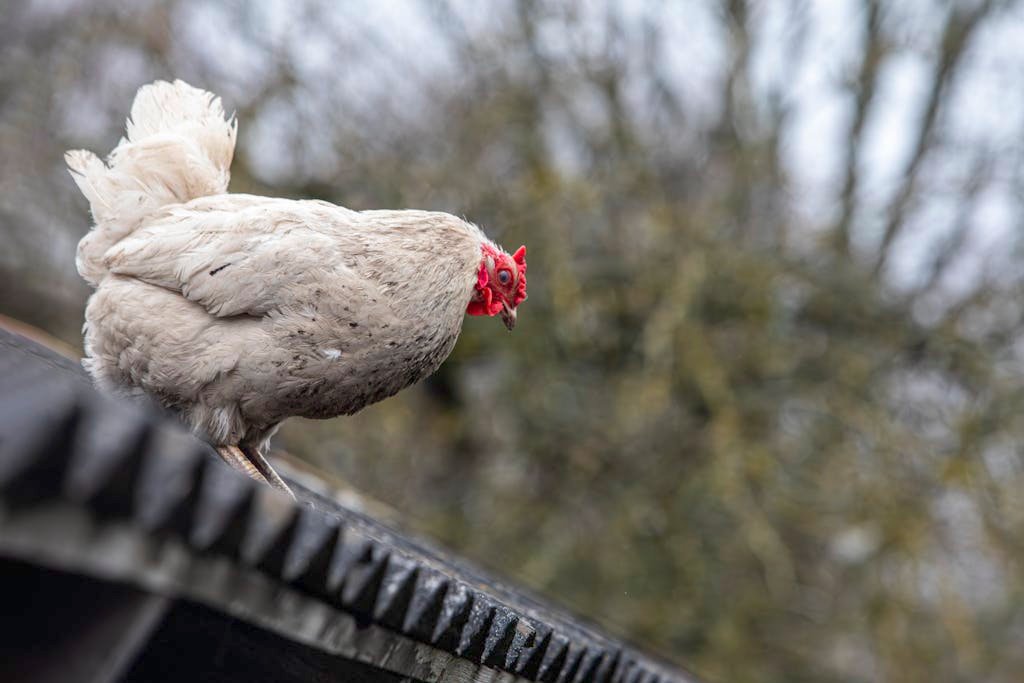
Male and Female Anatomy
Chickens also show sexual dimorphism, meaning that males (roosters) and females (hens) differ in their genital organs. Roosters possess testes while on the other hand, hens possess ovaries.
Egg Production
Hens lay eggs by laying down an ova which is released from the ovary and passes through the oviduct. During this process, if sperm is present, the egg is fertilized and is surrounded by layers of albumen, membranes, and a shell before laying.
Brooding and Incubation
Female birds incubate eggs while waiting for them to hatch by keeping them warm. This incubation period is very essential for the growth of the embryo within the eggshell.
Read Also: Silkie Comb Secrets: Rooster vs Hen
FAQs
- What makes chickens vertebrates?
Chickens have a backbone, an endoskeleton, a complex nervous system, and other traits that define vertebrates. - Are all birds vertebrates?
Yes, all birds, including chickens, are classified as vertebrates. - Do chickens have a circulatory system like mammals?
Chickens have a four-chambered heart, similar to mammals, ensuring efficient blood circulation. - Why are chicken bones hollow?
Hollow bones reduce weight, aiding flight in wild birds, though domesticated chickens rarely fly. - What is the role of air sacs in chickens?
Air sacs ensure continuous oxygen flow, supporting high metabolic demands.
Comparison Chart: Chickens vs. Other Vertebrates
| Characteristic | Chickens | Mammals | Fish |
|---|---|---|---|
| Skeleton | Hollow bones, lightweight | Dense bones | Cartilage or bony skeleton |
| Circulatory System | Four-chambered heart | Four-chambered heart | Two- or three-chambered heart |
| Reproductive System | Oviparous (egg-laying) | Mostly viviparous (live birth) | Oviparous or viviparous |
| Respiratory System | Lungs + air sacs | Lungs | Gills |
| Body Covering | Feathers | Fur or hair | Scales |
Closing
Understanding that chickens are vertebrates highlights their complexity and importance in the animal kingdom. Their anatomy and physiology not only align them with other vertebrates but also showcase their unique adaptations as birds. Recognizing chickens as vertebrates deepens our appreciation of their biology and their role in agriculture, research, and education.
